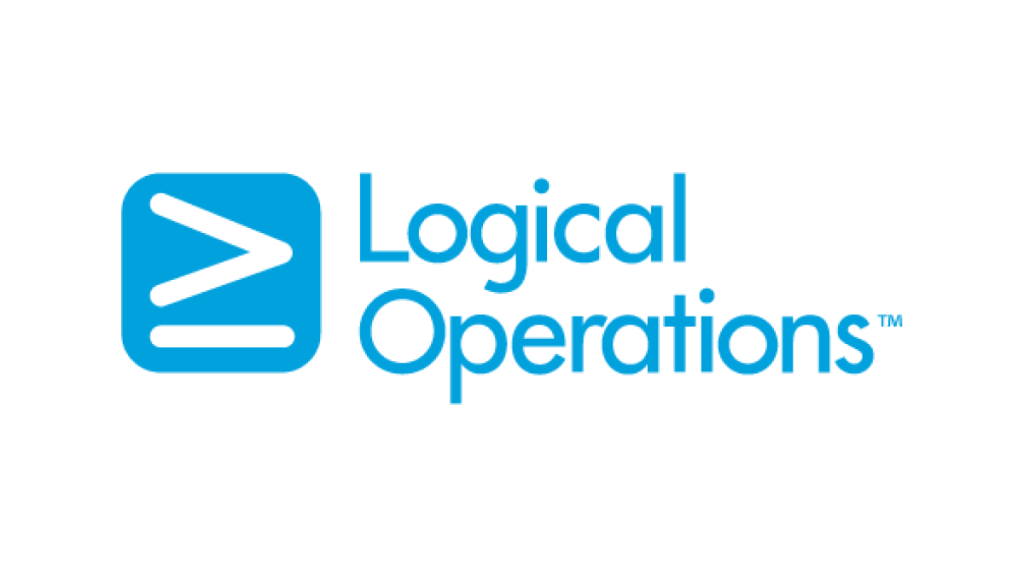When working in the data science field you will definitely become acquainted with the R language and the role it plays in data analysis. This course introduces you to the basics of the R language such as data types, techniques for manipulation, and how to implement fundamental programming tasks.
You will begin the process of understanding common data structures, programming fundamentals and how to manipulate data all with the help of the R programming language.
The emphasis in this course is hands-on and practical learning . You will write a simple program using RStudio, manipulate data in a data frame or matrix, and complete a final project as a data analyst using Watson Studio and Jupyter notebooks to acquire and analyze data-driven insights. No prior knowledge of R, or programming is required.
Areas of topics covered are as followings:
By the end of the program, participants will be able to:
Students who have several years of experience with computing technology , including some aptitude in computer programming.
None, however knowledge of any programming language and core mathematics would be an added advantage

If you need further information about this course, please contact:
WhatsApp us

